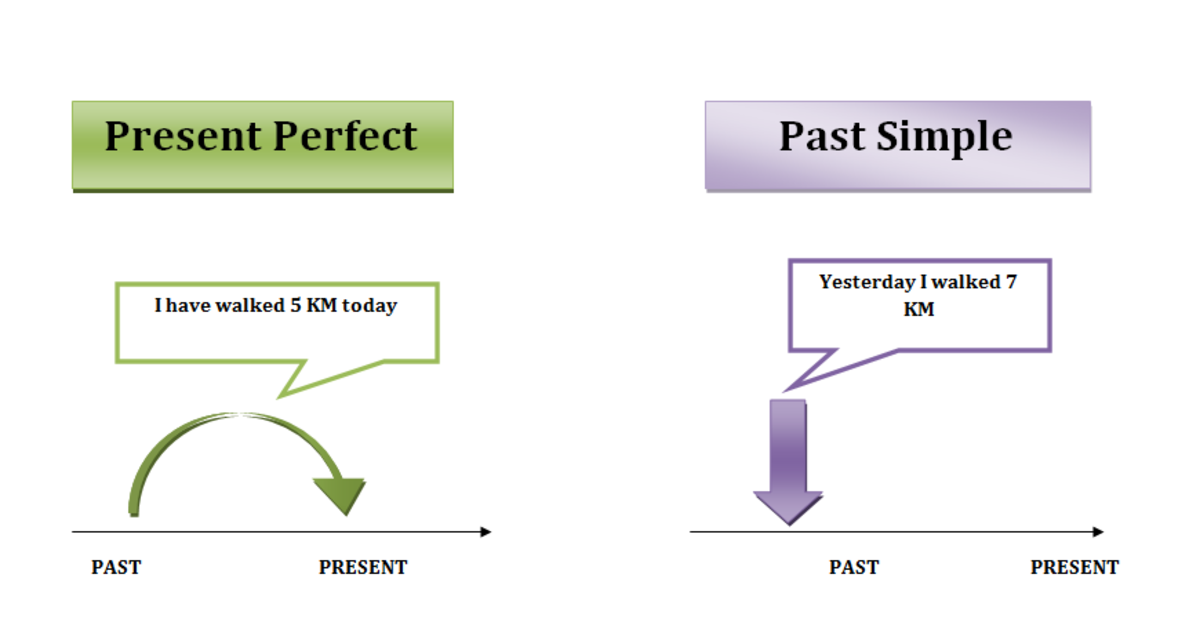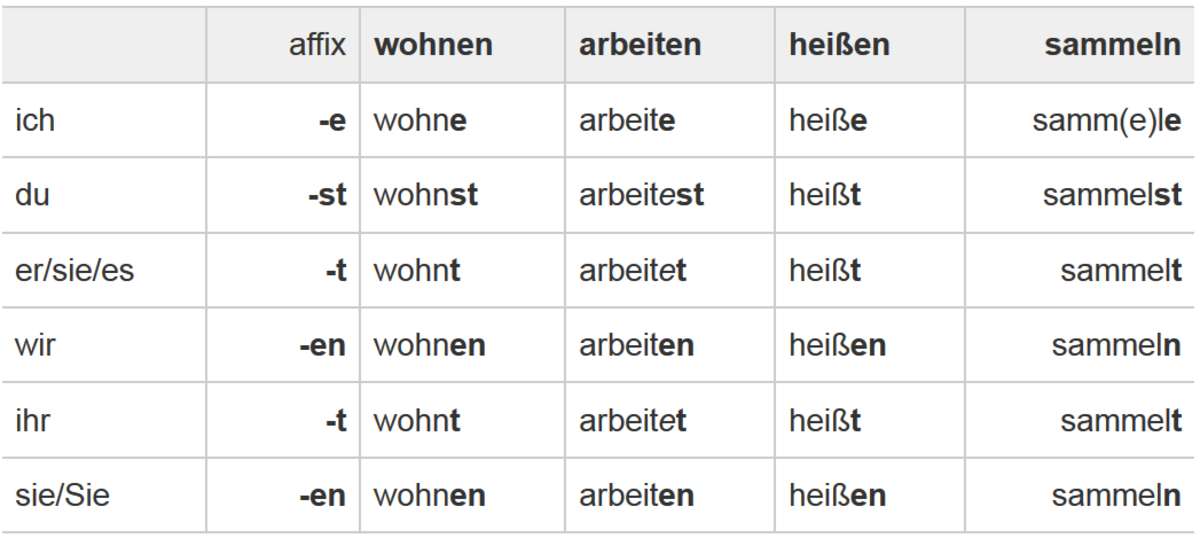Breaking down the Spanish Subjunctive
What is the subjunctive?
Many students of Spanish struggle with the concept of the subjunctive and often think that it is because it does not exist in English. This is untrue, but does not really make learning to use the subjunctive in Spanish any easier.
The subjunctive is actually a grammatical mood and can be formed in four different tenses. A tense gives it a time frame. The mood is to differentiate statements that tell or ask for fact from those that give hypothetical ideas or express opinion, emotion, volition, doubt, etc. In other words, sentences that describe what something is like use the indicative mood: La casa es roja (the house is red). Whereas if a sentence expresses a subjective, or personal, assessment of a speaker then the subjunctive is used: Dudo que la casa sea roja (I doubt that the house is red) or Me gusta que la casa sea roja (I like that the house is red).
Forming the tenses of the Subjunctive
The subjunctive has the following tenses: present, present perfect, imperfect (past), pluperfect.
The present subjunctive is easy to form if you know the indicative present tense well. Always follow these steps (there are only a few exceptions and they always apply to yo-oy verbs. See link below for a review of these).
Present subjunctive forms
Present subjunctive:
1. put the verb into the 'yo' form of the present indicative
2. drop the final 'o'
3. if it is an -ar verb, substitute the 'a' for an 'e', if it's -er or -ir use an 'a'
for -ar: e, es, e, emos, éis, en
for -er/ir: a, as, a, amos, áis, an
An abbreviated form of this system which is easy to learn and memorize
1. forma de 'yo'
2. elimina la 'o'
3. terminacion opuesta/contraria
Example I: comer
1. comer
2. com
3. coma, comas, coma, comamos, comáis, coman
NOTE: Be careful not to skip the first step and just assume that you can take the -ar/er/ir off. This shortcut will fail with stem changing verbs (zapatos, yo-go, yo-zco, etc. See link "Learn Spanish Verbs the easy way" for more on these). Verbs that end in -car/gar/zar (See link "Spanish Past tense made easy") will use those changes in step 3 (see Example III).
Example II: poner
1. pongo
2. pong
3. ponga, etc.
Example III: almorzar (this is a zapato in present indicative and will act as such here too, meaning that the nosotros and vosotros forms do not take the stem change)
1. almuerzo
2. almuerz
3. almuerce, almuerces, almuerce, almorcemos, almorceis, almuercen

Imperfect subjunctive forms
Imperfect (Past) subjunctive
This is formed using a similar set of steps as the present subjunctive. Again, you should not take shortcuts as it will lead to errors in irregular verbs. There are no exceptions to using these steps. All irregular verbs are already accounted for in it. You must know the preterite well in order for the steps to work.
1. use the Uds. form of the preterite
2. take off the final "ron"
3a. for all verbs add: ra, ras, ra, *_ramos, rais, ran (*there is a written accent on the vowel in the blank space, for -ar verbs it will be an 'a' and for -er/ir it will be the 'e', not the 'i')
3b. for all verbs add: se, ses, se, *_semos, seis, sen (*there is a written accent on the vowel in the blank space, for -ar verbs it will be an 'a' and for -er/ir it will be the 'e', not the 'i')
NOTE: Select the endings in 3a or 3b. Both are correct but are used in different dialects. 3a is more common. It is best to learn to use one of them but be aware of and able to identify the other.
The shortened, easy to memorize way to learn these steps is:
1. forma de Uds. en preterito
2. elimina 'ron'
3. ra, ras, ra, _ramos, rais, ran
Example I: Comer
1. Comieron
2. comier
3. comiera, comieras, comiera, comiéramos, comierais, comieran
Example II: Ir
1. fueron
2. fuer
3. fuera, fueras, etc.
Example III: Almorzar
1. almorzaron
2. almorzar
3. almorzara, almorzaras, etc.
Perfect subjunctives
There are two perfect subjunctives. They are the present perfect and the pluperfect.
Present perfect subjunctive
1. Use the helping verb (verbo auxiliar) haber and put it into the present subjunctive form:
haya, hayas, haya, hayamos, hayáis, hayan
2. Put the verb into the past participle (the form usually ending in -ado or -ido, although there are some irregulars like hecho, puesto, abierto, dicho, etc.)
Example I: Vivir
haya vivido, hayas vivido, haya vivido, hayamos vivido, hayáis vivido, hayan vivido
Example II: Hacer
haya hecho, hayas hecho, haya hecho, hayamos hecho, hayáis hecho, hayan hecho
Pluperfect subjunctive
The pluperfect subjunctive is formed by using the same helping verb (haber) but putting it into the imperfect subjunctive tense and then adding the same past participles.
Example I: Vivir
hubiera vivido, hubieras vivido, hubiera vivido, hubiéramos vivido, huberierais vivido, hubieran vivido
Example II: Hacer
hubiera hecho, hubieras hecho, hubiera hecho, hubiéramos hecho, hubierais hecho, hubieran hecho
When to use which subjunctive
Once you understand the basic idea that the subjunctive is used to talk about nonfactual information like doubt, emotion, opinion, hypothetical situations, commands (only in the present), and certain adverbial clauses (see link below). You will need to learn when to apply each of the four tenses: present, present perfect, imperfect and pluperfect.
Using the present subjunctive
The basic rule is that the present subjunctive should be used when the verb in the introductory clause is in the present tense or when a command is being given in the present (indicating or instructing a future action). Generally for non commands, there will be two distinct subjects for each clause.
Examples:
Quiero que limpies la casa (literally: I want that you clean the house. Subjects: I and you.)
Es possible que llueva hoy (literally: It is possible that it will rain today. Subjects: It1 and it2)
Present perfect subjunctive
Similar to the present subjunctive the introductory clause must be in the present but the action of the second clause is in the past. Commands are not logical in this tense. This tense is used to express or reflect in the present upon something that has already happened, although the outcome is not known for certain.
Examples:
El padre espera que los hijos hayan limpiado (The father hopes that his sons have cleaned--this implies that he does not know if they have but whether they have or have not already cleaned is already a completed action)
Es possible que haya llovido en las montañas (It is possible that it has rained in the mountains--this implies that it either has or has not already rained there but we do not know because we are not there to see it.)
Imperfect subjunctive
While the two tenses above deal with thoughts being made in the present, the next two will deal with those in the past. This means that the introductory clauses will have a verb in the past tense, generally the imperfect (indicative). There are other formulaic structures that deal with hypothetical and conditional statements as well, explained below as special uses.
Examples for reflections in the past:
El padre esperaba que los hijos limpiaran (literally: the father hoped his sons cleaned--both the hoping and the cleaning were done in the past)
Era possible que lloviera en las montañas. (it was possible that it would rain in the mountains--probably it didn't)
Cuando era joven el hombre dubaba que existiera el chupacabra (When he was young the man doubted that the chupacabra existed)
Pluperfect subjunctive
Like the imperfect subjunctive this tense relates to reflections about the past but the difference is that the second verb indicates something that would have already been completed at the time the speaker is making the reflection. In other words, the second clause tells of something that was already completed before the action/thought of the first clause.
Examples:
El padre esperaba que sus hijos hubieran limpiado (the father hope that his sons had cleaned)
Era possible que hubiera llovido en las montañas (it was possible that it had rained in the mountains)
El hombre dubada que el chupacabra hubiera venido a su casa (the man doubted that the chupacabra had come to his house)
Special uses of the imperfect and pluperfect subjunctive
In order to talk about hypothetical situations or those based on conditions that are not or could not have been met there are three formulas, or sentence structures.
For hypotheticals in the present:
These are basically if-then statements in the present. For example, If I lived in Mexico (currently) then I would not study this (right now). Notice that in the English example the verb 'lived' is in the past tense but the idea conveyed in the sentence is not past, but rather of a present situation. The same is true is Spanish. The imperfect subjunctive is used but the meaning is entirely present.
Si + imperfect subjunctive + conditional (variation in word order: Cond + si + imp.subj)
Examples:
Si tuviera más dinero compraría una casa grande (If I had more money I would buy a big house--implies that I do not have the money now, therefore will not buy it in the present)
Viajaría an Iraq si no fuera peligroso (I would travel to Iraq if it were not dangerous--implies that it is dangerous and therefore I will not travel in the present)
Another special use of the imperfect subjunctive is with unlikely or untrue comparisons in the present using the phrase "como si" (as if). For example, Ella trabaja como si su vida dependiera de ello (She works as if her life depends on it).
For hypotheticals in the past:
Si + pluperfect subjunctive + conditional perfect (variation: Cond. perf + si + Pluperf. subj)
Examples:
Si hubiera tenido el dinero habría comprado una casa (If I had had money I would have bought a house--implies that I did not have money at some specific time in the past and therefore did not buy a house then)
Habría viajado a Iraq si no hubiera sido peligroso (I would have traveled to Iraq if it had not been dangerous--implies a past time when I could have gone but did not because it was in fact dangerous)
The phrase "como si" can also be used with the pluperfect subjunctive. For example, Ella sigue trabajando como si no hubiera ganado la lotería (She continued working as if she had not won the lottery). Note that the first verb is in the present (progressive) and the second expresses a past completed action.







